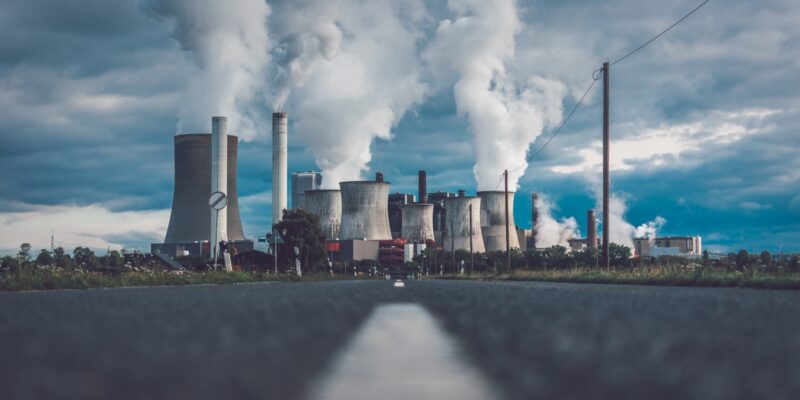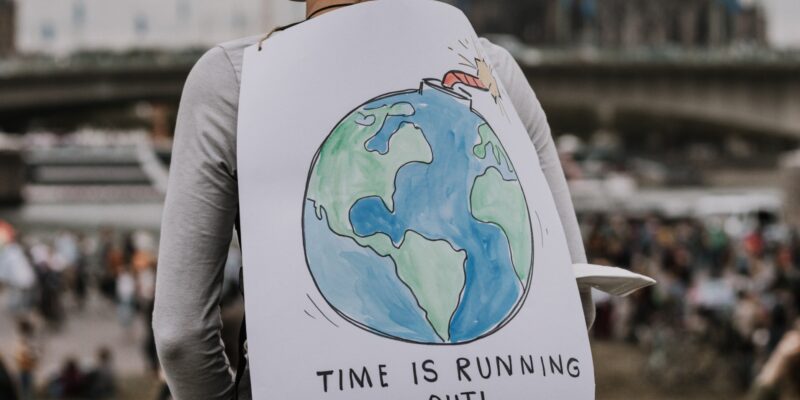Comment
Insights and expert analysis on climate issues.
Share


As world leaders gather at the G7 Summit in Hiroshima this weekend, we take a look at progress made since the last Summit on cutting emissions and decarbonising power to see if they’re living up to their promises.

Four things to know from the first workshop on the loss and damage fund
Dr Olivia Serdeczny, Manjeet Dhakal
The Transitional Committee held its first workshop on how to set up the new loss and damage fund — here’s our take on the key funding gaps and solutions that emerged at the meeting.

South Korea’s gas problem
Dr Neil Grant, Dr Lara Welder
South Korea is investing heavily in gas-fired power generation. This raises concerns of overlooking cheaper forms of generations – like renewables – and increasing the country's reliance on overseas fossil fuel imports.

Peak emissions before 2025: key messages from the IPCC’s Synthesis Report
Dr Carl-Friedrich Schleussner
The IPCC's final report of its Sixth Assessment Cycle is a comprehensive overview of the state of climate change and a roadmap for action in this critical. Our experts pull out the key messages.


Can higher ambition in developed countries create ‘carbon space’ for others?
Dr Carl-Friedrich Schleussner
What does a 'fair share' of global emissions look like for Africa and South Asia? Both regions have low historical emissions and a strong claim to the remaining carbon space.